Everything you need to know about company logos and how to create a logo for your business.
Hello! In this blog, I will explain everything you need to know about company and business logos. If you are an entrepreneur and you have no knowledge about logos and logo design, don't worry! This blog is designed for you. I will show you the values of a good logo in any business and answer any questions you may have. Don't worry, it won't be just generic information like any other blog on the internet, but useful and meaningful information.

What is a logo and what are its components?
A logo is a graphic symbol that represents a company or brand. It is an image used to identify the company and differentiate it from other companies. Logos can be simple or complex, but they all have a common purpose: to represent the company.
The components of a logo may vary, but generally include one or more of the following elements:
- Company name: The name of the company can be included in the logo. This helps customers identify the company and remember its name.
- Graphic symbol: The graphic symbol is the image that represents the company. It can be an object, a shape or an abstract image.
- Colours: Colours are an important part of the logo. Colours can be used to convey emotions and feelings. For example, red can represent passion and energy, while blue can represent confidence and stability.
What are the benefits of having a good logo and a user manual for that logo?
A logo is used to identify a company and differentiate it from other companies. A good logo can have many benefits for a company, including:
- Brand recognition: A good logo can help a company to be recognised by customers. Customers can identify the company by its logo and remember its name.
- Differentiation: A good logo can help a company differentiate itself from other companies. The logo can be used to convey the company's personality and values.
- Professionalism: A good logo can make a company appear more professional and trustworthy. Customers can feel that the company cares about its image and reputation.
- Consistency: A logo usage manual can help maintain consistency in the company's image. The user manual can include guidelines for the use of the logo, such as the colours and fonts to be used.
Why is a well-designed and unique logo so important?
A well-designed and unique logo is important for every brand because it can help the company to be recognised and remembered by customers. A good logo can convey the company's personality and values. It can also help the company differentiate itself from other companies.
If a company has a poorly designed or unmemorable logo, it can be difficult for customers to remember the company's name or identify it in the marketplace. A poorly designed logo can also convey an unprofessional and untrustworthy image.

And if we don't take this into account, what could happen?
If a company does not take into account the importance of a well-designed logo, it may find it difficult to be recognised and remembered by customers. It may also be difficult for the company to differentiate itself from other companies in the market.
Although there are companies that succeed despite having a horrible logo, this is not common. This may be due to a variety of factors, such as the quality of their products or services, their price, their location, etc. In general, successful companies have a well-designed logo that represents the company and conveys its values and personality.
Different types of logos
There are different types of logos, each with their own advantages and disadvantages. I will explore below the nine types of logos and how and which one to use for your brand.
Wordmark logos
These are logos that consist of the name of your brand in a unique and attractive font. The advantage of this type of logo is that it showcases your brand name and makes it easy to remember and recognize. The disadvantage is that it can be difficult to stand out from the crowd and convey your brand personality with just text.
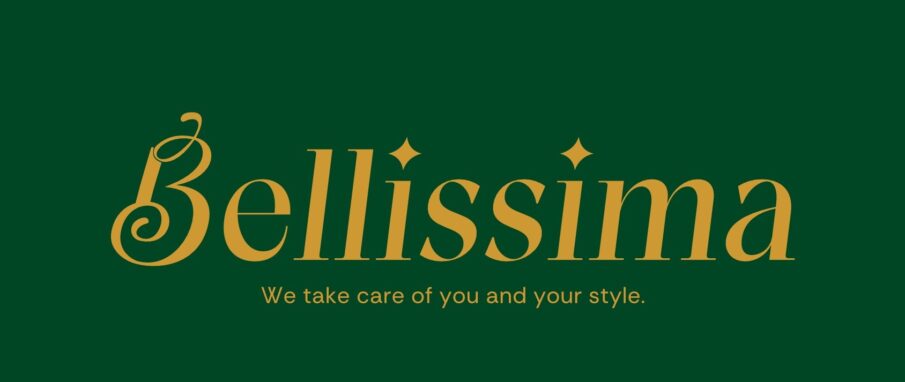
Symbol or pictorial mark logos.
These are logos that use an image or a graphic element to represent your brand. The advantage of this type of logo is that it can convey a lot of information and emotion with a simple and minimal design, and it can be easily recognized across cultures and languages. The disadvantage is that it can be hard to establish a connection between your image and your name, and it can be easily copied or confused with other brands.
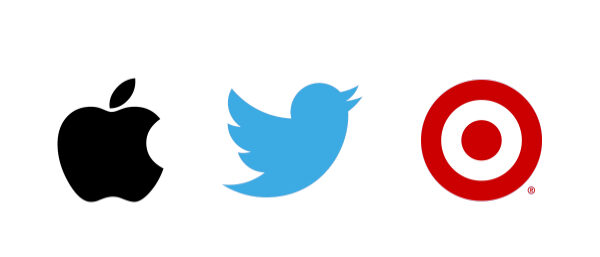
Combination mark logos
These are logos that combine a wordmark and a symbol or pictorial mark. The advantage of this type of logo is that it creates a strong visual association between your name and your image, and it can be used separately or together. The disadvantage is that it can be more complex and harder to scale than other types of logos.

Lettermark logos
These are logos that use the initials of your brand name in a creative way. The advantage of this type of logo is that it simplifies your brand name and makes it more compact and catchy. The disadvantage is that it can be less descriptive and memorable than a full name or an image.
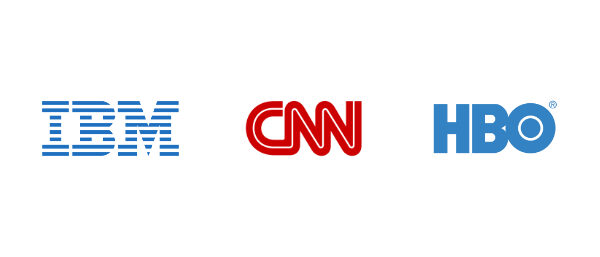
Monogram logos
These are logos that use a single letter or a combination of two or three letters to represent your brand. The advantage of this type of logo is that it creates a sophisticated and elegant impression for your brand, and it can be easily applied to different products and materials. The disadvantage is that it can be hard to differentiate from other brands with similar initials or letters.
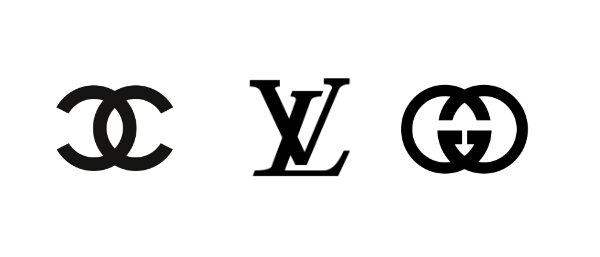
Letterform logos
These are logos that use a single letter or a part of a letter to create a distinctive shape or symbol for your brand. The advantage of this type of logo is that it creates a unique and recognizable icon for your brand, and it can be used as a standalone or as a part of a combination mark. The disadvantage is that it can be challenging to design a letterform logo that is relevant and meaningful for your brand.
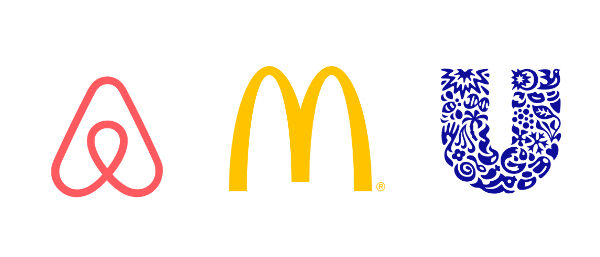
Abstract logos
These are logos that use a geometric or abstract shape or pattern to create a unique and modern logo for your brand. Examples of abstract logos are Pepsi, Adidas, and BP. The advantage of this type of logo is that it can create a distinctive and original identity for your brand, and it can be versatile and adaptable to different contexts and media. The disadvantage is that it can be hard to communicate your brand message and values with an abstract logo, and it can take time and effort to build recognition and trust with your audience.
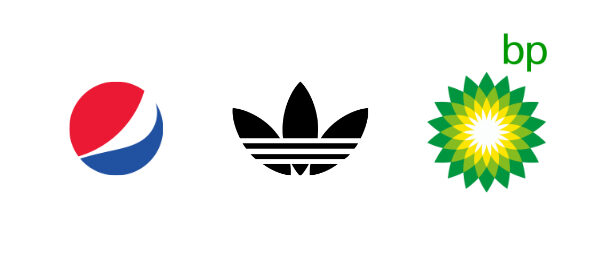
Mascot logos
These are logos that use a character or a personification of your brand to create a friendly and fun logo for your brand. The advantage of this type of logo is that it can create a strong emotional bond with your customers, and it can be used to tell stories and engage with your audience. The disadvantage is that it can be less professional and serious than other types of logos, and it can be hard to scale and reproduce on different platforms and devices.
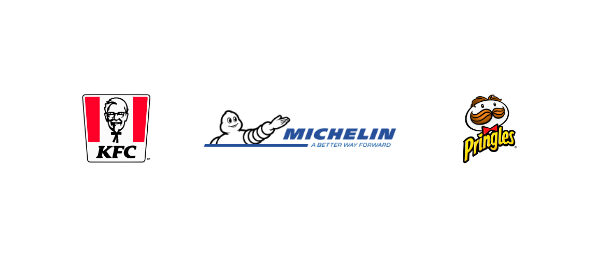
Emblem logos
These are logos that use a badge, a seal, or a crest to create a classic and authoritative logo for your brand. The advantage of this type of logo is that it can create a sense of tradition and quality for your brand, and it can be suitable for certain industries and niches. The disadvantage is that it can be less flexible and modern than other types of logos, and it can be hard to read and resize on smaller screens and surfaces.
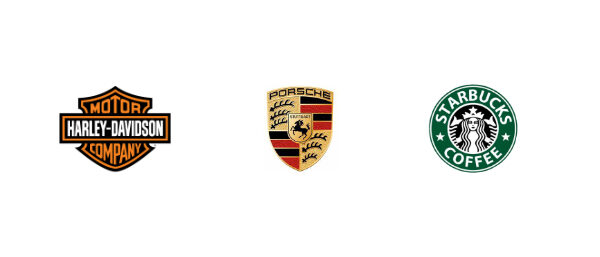
A tip I use when choosing whether to use a logo or create a symbol or mascot.
A symbol is a synonym for logotype. And a logotype is a visual synonym for the elocution of a name; it is the visual/spelling form of the name; graphic form of the name. So a symbol is a synonym for logotype.
How do you get the public to associate the symbol with the brand name? By showing the symbol and logotype together, again and again, until it's unforgettable.And such an effort makes sense for consumer brands.
Another function of the Symbol, when it exists, can be to give the brand an emblem, a prestige symbol, an element that can be used as a fetish. For example, for a clothing brand, the Symbol can be used to embroider it, to place it on the clothing; for a wallet brand, it can be used to place it on the wallet clasps. For a commercial chain, it can be used to help with quicker recognition.
It's also useful for organisations with long names. This way, that phrase-like name becomes a brand.
These are the reasons why some brands adopt a symbol. If the organisation doesn't fall into any of these situations, it doesn't make sense to bother with a symbol.
In summary, a symbol is quicker to read than a logotype. There are cases where it's the other way around, it depends on the Symbol and the Logotype. But more often than not, the symbol is read more quickly than the logotype because you don't have to read letter by letter: you look at everything at the same time.
Case studies
Here are some case studies of companies that have been successful thanks to their well-designed logos:
Apple: The Apple logo is one of the most recognisable logos in the world. The logo is a bitten apple, which represents the simplicity and innovation of the company.

Nike: The Nike logo is another of the most recognisable logos in the world. The logo is a little dove, which stands for victory and success.

Coca-Cola: The Coca-Cola logo is one of the oldest and most recognisable logos in the world. The logo is a red italic font that has remained virtually unchanged since its creation. The font is called Spencerian Script and was designed by Coca-Cola's founder, John Pemberton. The Coca-Cola logo is an example of how a good logo can be timeless and recognised around the world.

How do you build a logo?
Building a logo can be a complex process that requires specialised skills and knowledge. But don't worry because I have put together a free course with which you can design your own logo in three steps and in no time at all. Access the course here. Although it is always advisable to have a professional brand designer can help a company create a logo that properly represents the company and conveys its values and personality.
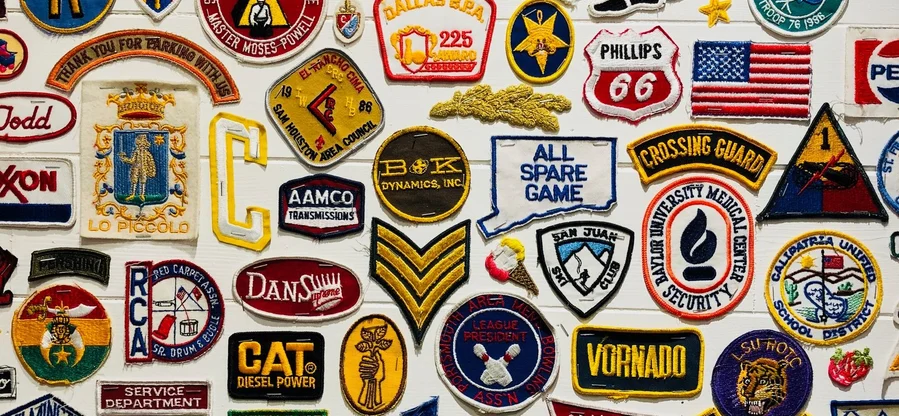
In conclusion, a good logo is essential for any company or business. A well-designed and unique logo can help a company to be recognised and remembered by customers. It can also convey the company's personality and values. A good logo can have many benefits for a company, including brand recognition, differentiation, professionalism and consistency.
I hope this blog has been useful to you. If you are interested in getting more information like this I suggest you follow me on my social networks or subscribe to my newsletter for more informative content.
It's time to transform your brand. Make it happen !
Subscribe to my newsletter !
Subscribe to my newsletter and be the first to receive my free "5 Fundamental Steps to Naming a Company and Product" when it is ready. And also receive regular updates on my latest publications, news and offers.
